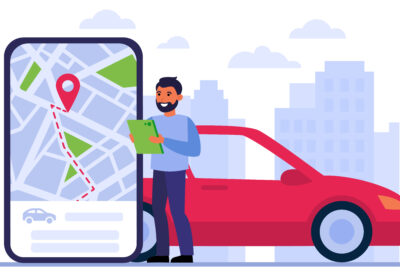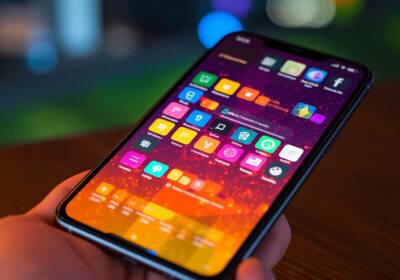Google never fails to surprise Android users when releasing new versions of the world’s most popular mobile operating system. We witnessed a visual overhaul with the release of Android Lollipop, while Android Marshmallow had a plain, bold design. Now Google launched the latest version of the OS – Android 7.0 Nougat, to their flagship Nexus mobiles.
Android Nougat apparently doesn’t feature a visual overhaul like Lollipop did, and you won’t be noticing any significant change in how it feels to use Nougat either. However, under the hood, it packs a bunch of impressive features, and could be a potential milestone in the growth of mobile technologies.
What’s the big deal?
Seamless updates, of course…
One of the most impressive features of Android Nougat is the way it installs system updates. It’s more akin to how Chromebooks do it.
Here’s what Google has to say about it:
“Android devices running Nougat can install system updates in the background. This means that the next time a user powers up their device, new devices can automatically and seamlessly switch into the new updated system image.”
Wait no more for “Optimizing Apps”
If you have done an Android system update before, you may still have that pain you got in your neck while waiting for the device to optimize all apps after the update. It takes forever.
Not anymore. Google tweaked the run-time compiler to speed up the application optimization process in Nougat after a system update.
Multi-window….finally
Many of you may have seen split-screen feature in certain Samsung devices. Now they’ll be available in all devices running Android Nougat. Remember when you had to do two things at once in an Android device? You will be switching between the two apps you are using.
With Nougat, it won’t be a problem anymore. And the developers won’t have to do anything about it either because Google already did. The devices will be splitting the screen 50/50. In devices with larger screens, the users will also be able to change the window size as they see fit. Nifty indeed.
Uses less battery…obviously
Now who wouldn’t expect a system update to make the device more battery efficient? Marshmallow introduced Google’s ‘Project Doze’ – a power management system designed to keep your device active longer than it used to. Nougat packs the same feature but with some major improvements.
Once your phone enters standby mode (screen goes off when not in use), the system stops the device from running programs in the background all the time. Nougat has a refined memory management system as well which combined with Doze will only allow things that you need to run in the background when the phone screen goes off.
A boatload of emoji
Android 7.0 has over 1500 emoji, and many of them have been revamped. Yes, that’s about it.
Enhanced security
Google has always given great importance to security, and with each update they improved it. Nougat is no exception. When you power up the phone, only those apps that are required to interact with the device will be running (including phone app, messaging app etc.).
Once you unlock the phone, everything will start functioning normally. This is a very handy feature especially if you have lost your phone or if it’s been stolen. It keeps your data safe and inaccessible till the phone is unlocked.
Here are a few more features that somehow didn’t make it to the top of the list but is still in the list….
Quick switching – Switching to the last used app from the currently used app can be done by double tapping the app overview button.
Better accessibility – Use the feature now on device startup itself.
Folder access control – Control what folders an installed app can access.
Vulcan API support – Games will be faster, smoother and visually better.
Quick reply from Notification tray – Reply to messages from the notification tray itself without having to launch the application.
Finally, after all those developer previews, Android 7.0 will be rolling out to select Nexus devices. Though it may seem similar to the developer preview version, the real deal is still more than meets the eye. But how it will function in devices other than the Nexus is something we have to wait for a bit longer to know.




